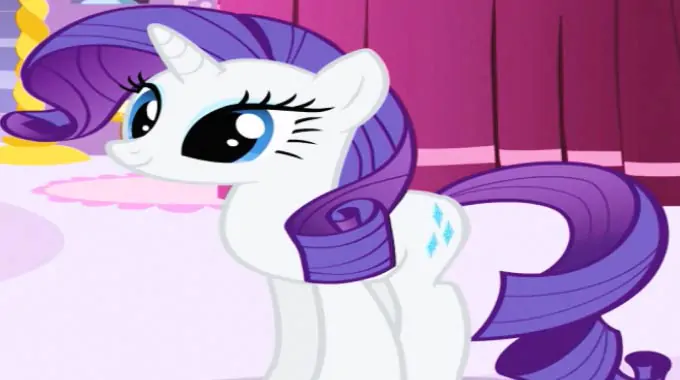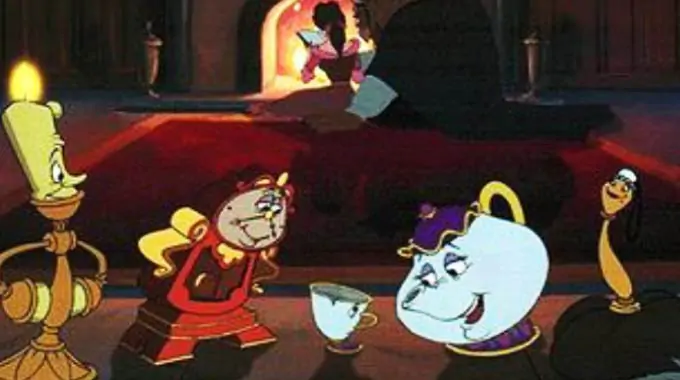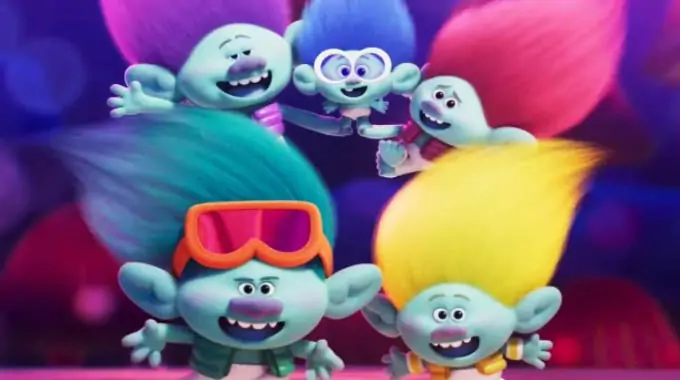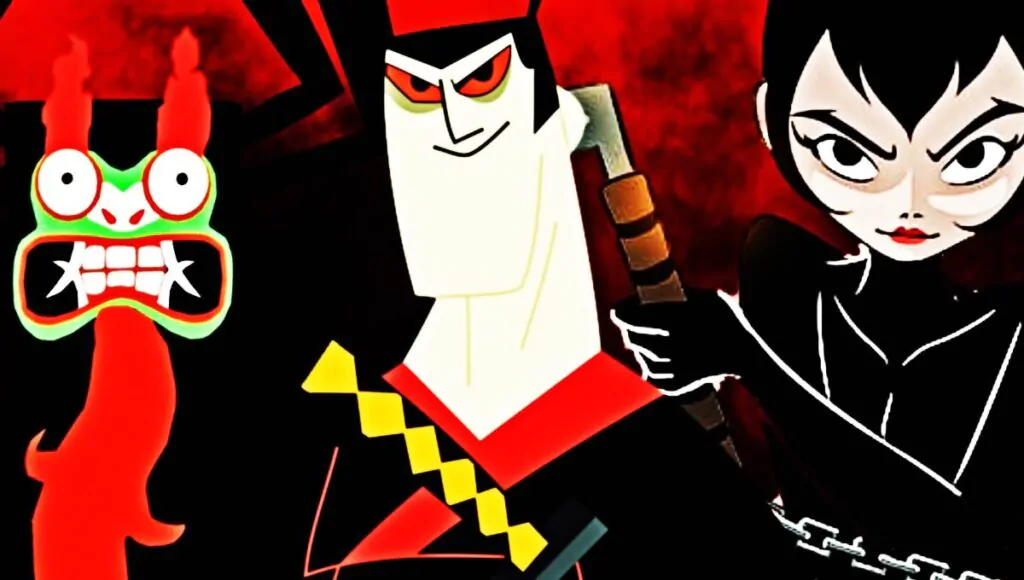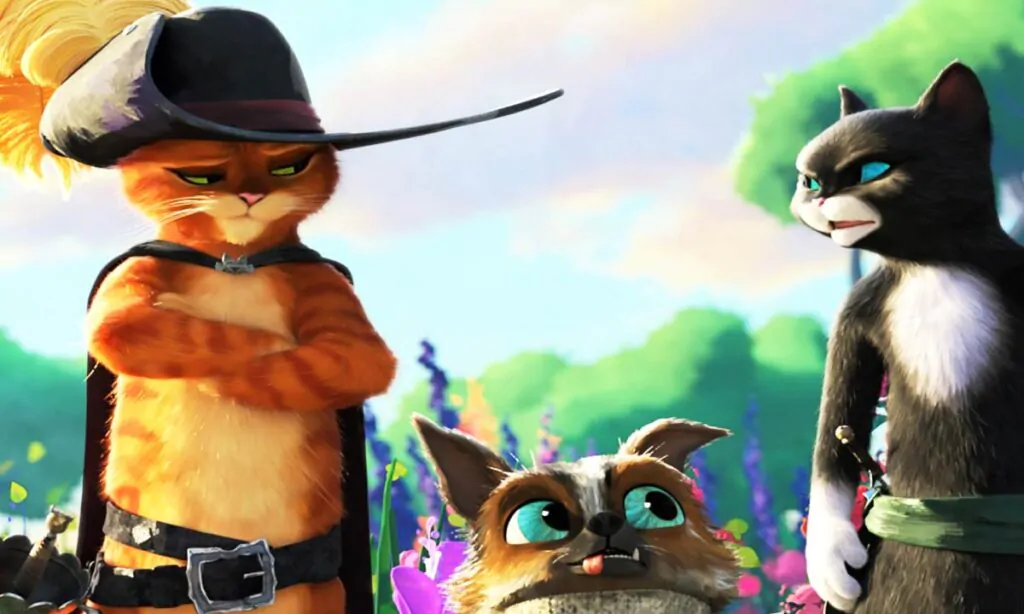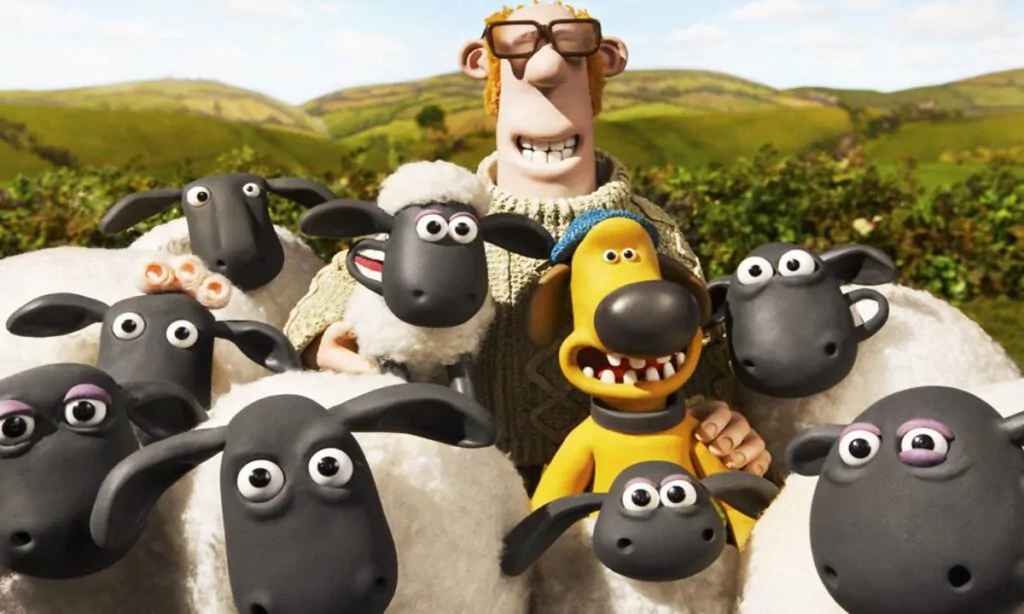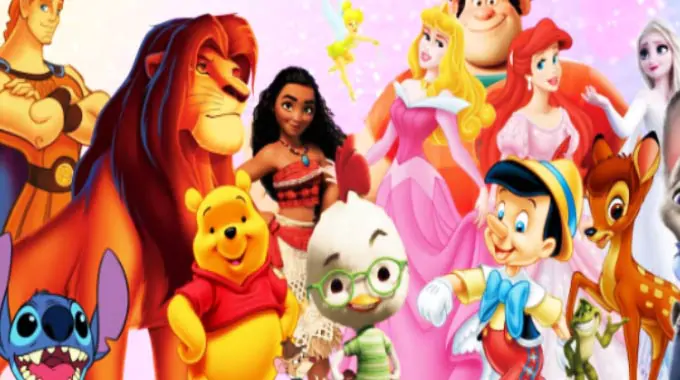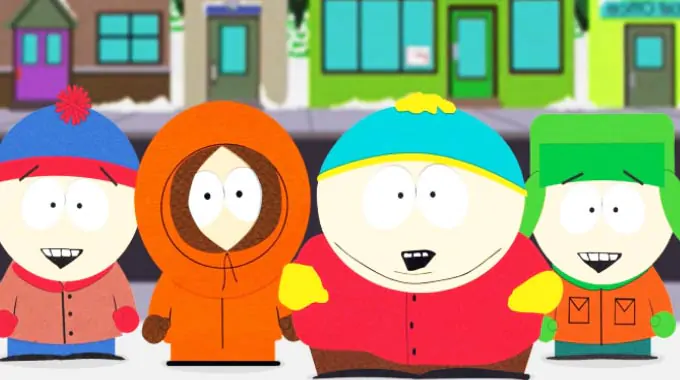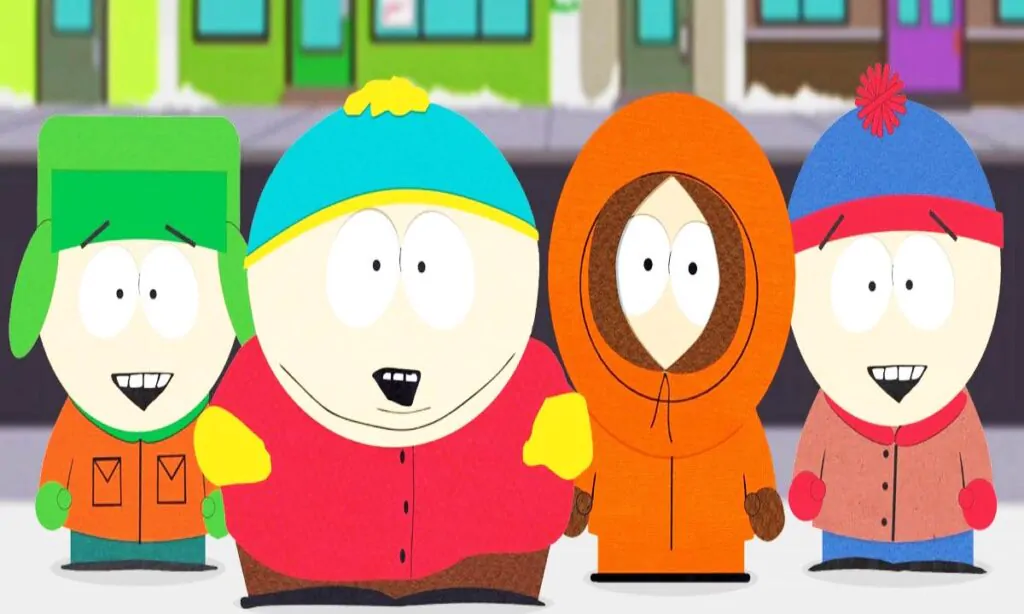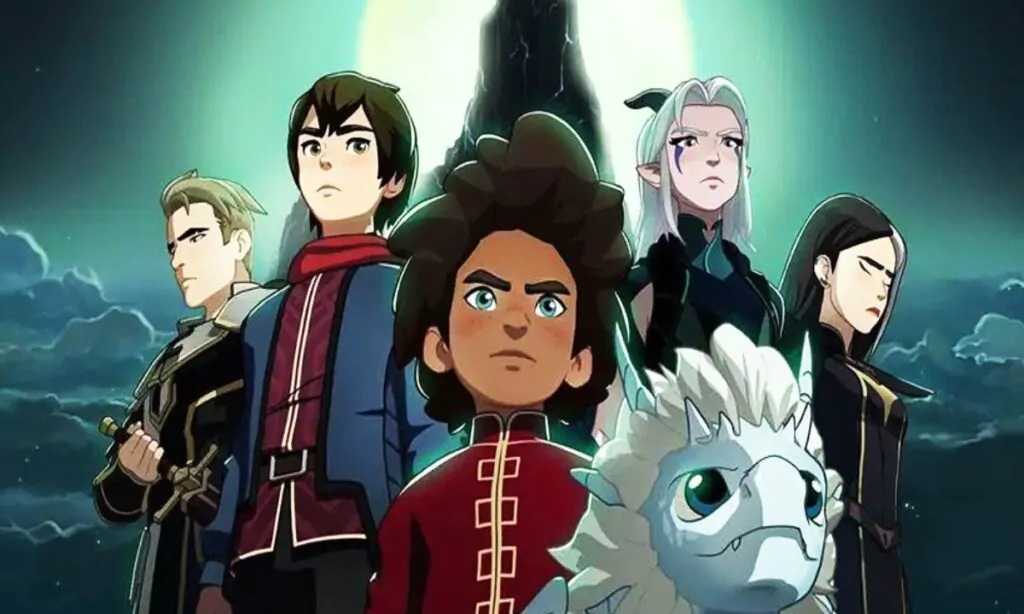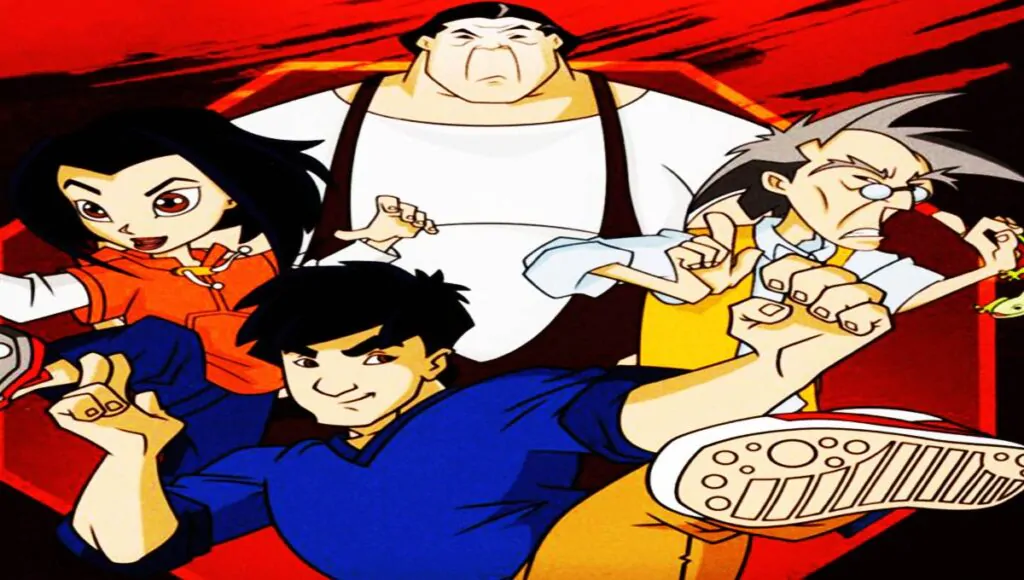List of Strongest A Christmas Carol Characters:
10. Fezziwig
Generosity and Kindness: Fezziwig is known for his generosity and kindness as an employer. He throws lively and joyful Christmas parties for his employees, creating a sense of camaraderie and goodwill among them.
Supportive Mentor: He serves as a supportive mentor figure to a young Ebenezer Scrooge when Scrooge was just starting in the business world. Fezziwig’s positive influence on Scrooge’s earlier years contrasts with Scrooge’s later miserly behavior.
Emphasis on Joy: Fezziwig embodies the spirit of Christmas by emphasizing joy, celebration, and the importance of human connection during the holiday season. His festive celebrations leave a lasting impact on Scrooge’s memory.
9. Belle (Scrooge’s former fiancée)
Independence and Self-Worth: Belle demonstrates strength in her decision to end her engagement with Ebenezer Scrooge. She values her own happiness and well-being, realizing that Scrooge’s growing obsession with wealth and work would not bring her the happiness she deserved.
Resilience: Belle’s resilience is evident in her ability to move on and find love and happiness elsewhere, even though her relationship with Scrooge did not work out.
Symbol of Scrooge’s Lost Opportunities: Belle’s character also serves as a symbol of the opportunities for love and happiness that Scrooge rejected in favor of his pursuit of wealth. Her presence in Scrooge’s past reminds him of the choices he made and the path he took.
8. Fred (Scrooge’s nephew)
Optimism and Joy: Fred embodies the spirit of Christmas through his boundless optimism and joy. He loves the holiday season and is determined to share its cheer with his uncle, Ebenezer Scrooge, despite Scrooge’s gruff demeanor.
Compassion: Fred shows compassion toward Scrooge, inviting him to Christmas dinner year after year, even when his uncle consistently declines. His persistent kindness and efforts to mend the family rift demonstrate his strength of character.
Inclusiveness: Fred is inclusive and welcoming, inviting people from all walks of life to his Christmas celebrations, including those less fortunate. This inclusiveness aligns with the message of goodwill and generosity associated with Christmas.
7. Ghost of Christmas Yet to Come (or Future)
Foretelling the Consequences: The Ghost of Christmas Yet to Come is a silent and ominous figure who shows Scrooge a vision of his future if he continues on his current path. This vision serves as a powerful warning about the consequences of his actions.
Symbol of Accountability: The ghost holds individuals accountable for their actions, emphasizing that the future is not set in stone but can be influenced by choices and behavior.
Provoking Change: The ghost’s appearance terrifies Scrooge and prompts him to confront the reality of his own mortality and the impact of his actions on others. It serves as a catalyst for Scrooge’s transformation and redemption.
6. Ghost of Christmas Present
Jovial and Generous: The Ghost of Christmas Present is depicted as a large, jolly, and generous spirit. He symbolizes the joy and abundance of the present holiday season.
Emphasis on Generosity: This ghost emphasizes the importance of generosity, compassion, and human connection during the Christmas season. He shows Scrooge scenes of people celebrating Christmas with love and care.
Revealing Current Lives: The Ghost of Christmas Present reveals the current lives of characters in the story, including Bob Cratchit’s family and Scrooge’s nephew Fred. Through these revelations, he encourages Scrooge to appreciate the good in his life and the lives of others.
Sense of Urgency: This ghost conveys a sense of urgency, as he is aware that the present is fleeting and that it’s crucial for Scrooge to change his ways and embrace the spirit of Christmas immediately.
5. Ghost of Christmas Past
Mysterious Guide: The Ghost of Christmas Past is a mysterious and ethereal presence that takes Scrooge on a journey through his own past. This journey serves to remind Scrooge of his earlier life and choices.
Revisiting Memories: The ghost reveals Scrooge’s childhood, youth, and early adulthood, allowing him to revisit memories of happier times, lost opportunities, and past relationships, including his relationship with Belle.
Confronting Regrets: The Ghost of Christmas Past helps Scrooge confront his regrets and acknowledge how his choices and priorities have changed over time. It encourages him to reflect on the path that led him to his current state.
Symbol of Redemption: This ghost symbolizes the possibility of redemption and transformation, as it offers Scrooge a chance to revisit and learn from his past mistakes.
4. Tiny Tim
Symbol of Innocence and Vulnerability: Tiny Tim is Bob Cratchit’s youngest son, and he is depicted as a frail, disabled child. His vulnerability and innocence serve as a powerful symbol of the suffering and hardships faced by the less fortunate in society, particularly during the holiday season.
Hope and Compassion: Despite his physical challenges, Tiny Tim is filled with hope and compassion. He embodies the spirit of Christmas and the belief that people should care for one another.
Impact on Scrooge: Tiny Tim’s condition deeply affects Ebenezer Scrooge, as he is shown a vision of a future in which Tiny Tim does not survive due to lack of proper medical care. This vision serves as a catalyst for Scrooge’s transformation and inspires him to become more charitable.
3. Bob Cratchit
Dedicated and Hardworking: Bob Cratchit is an impoverished but dedicated and hardworking clerk who works for Scrooge. Despite his meager salary and harsh working conditions, he remains loyal to his employer and provides for his family.
Loving Father: Bob is a loving and devoted father to his children, including Tiny Tim. He cares deeply for their well-being and happiness, even in the face of financial struggles.
Symbol of Resilience: Bob’s resilience in the face of adversity and his ability to find joy in simple pleasures, such as spending time with his family, exemplify the resilience of the human spirit.
Contrast with Scrooge: Bob Cratchit’s character serves as a stark contrast to Scrooge’s miserliness and lack of compassion. His portrayal highlights the stark divide between the wealthy and the impoverished in Victorian-era London.
2. Jacob Marley
Former Business Partner: Jacob Marley was once the business partner of Ebenezer Scrooge. They were both miserly and greedy individuals who prioritized profit over compassion and humanity.
Chains of Regret: Marley appears as a ghost, weighed down by heavy chains made of cash boxes, ledgers, and lockboxes. These chains symbolize the weight of his own greed and the consequences of his actions in life.
Warning and Redemption: Marley serves as a spectral messenger, warning Scrooge about the dire consequences he will face in the afterlife if he continues on his path of selfishness and indifference toward others. He expresses regret for not having lived a more compassionate life and urges Scrooge to change his ways.
1. Ebenezer Scrooge
Miserliness and Isolation: At the beginning of the story, Scrooge is depicted as a cold-hearted, miserly, and isolated old man. He is known for his extreme thriftiness, disdain for Christmas, and indifference to the suffering of others.
Transformation: Scrooge undergoes a remarkable transformation throughout the course of the story. His journey begins with Marley’s visitation and continues with encounters with the Ghosts of Christmas Past, Present, and Yet to Come.
Redemption: Scrooge’s transformation represents a journey of redemption. He learns to appreciate the value of kindness, generosity, and human connection. His newfound compassion leads him to become a more generous and joyful person.
Symbol of Change: Scrooge’s character serves as a symbol of the possibility of change and redemption. His transformation underscores the message that it is never too late to mend one’s ways and embrace the spirit of Christmas.

